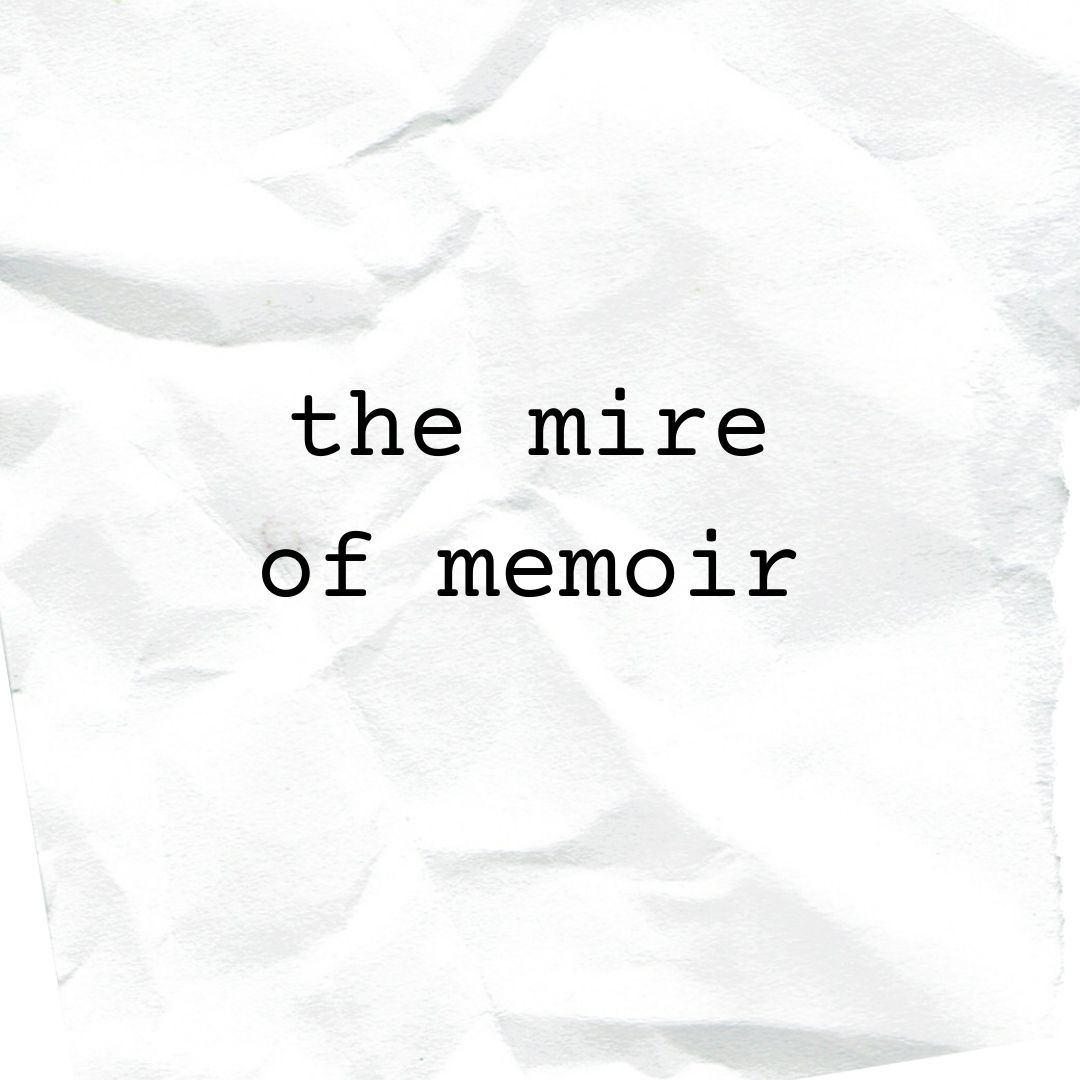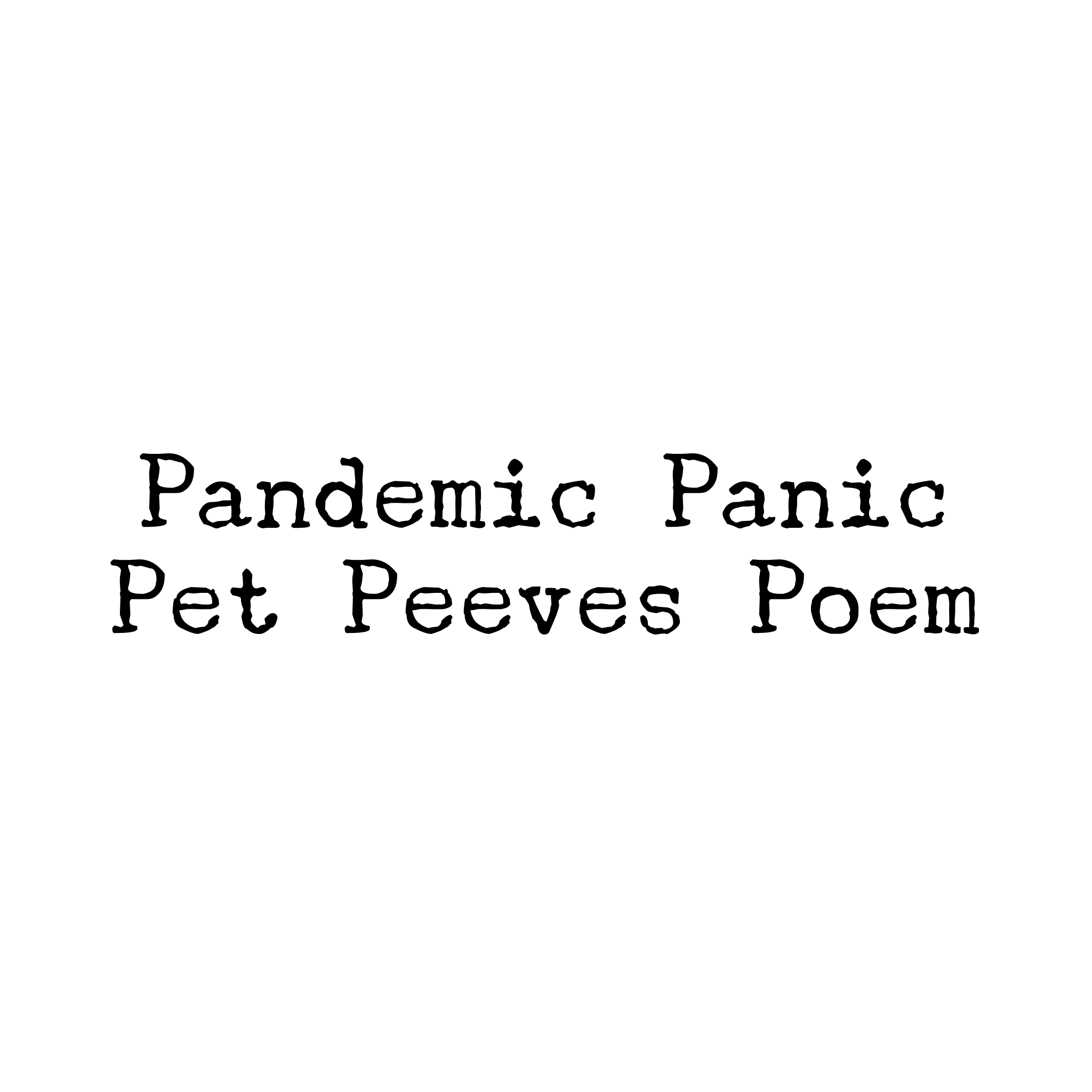How To Write Shame In Memoir Without Dying Of It
Nobody is ever proud to parade their shame in public. But that’s not what writing about shame means when you’re writing a memoir. You’re not writing about shame or writing out your shame, you’re crafting it to feed the narrative. Shame bleeds in instead of bleeding out.
In my book Being Ana: a memoir of anorexia nervosa I included my shame because you can’t write a memoir about the depths of an eating disorder and the fight and search for your true self without it. It would not have felt true. But I was deliberate in the shame that I did include.
I began with the shame that felt “easier” to share: guiltily eating toast straight out of the trash, and tying my panties with safety pins to stop them slipping off my thin hips. In time (over eight years of writing, rewriting and editing) I added shame that felt “harder”: stealing money from restaurants where I worked as a waitress, cutting my forearms with my car keys, and dating a guy who said he wanted to f*** me till I bled.
I included all this knowing that my parents, grandparents, friends and total strangers would read it yet it still seemed more a sine qua non than a choice. Like getting naked for a pap smear. As much as wearing a paper towel gown with your legs splayed apart on stirrups while a total stranger sticks a grotesque metal apparatus from the dark ages up your vagina feels vulnerable, degrading, sore, and overall disgusting, it’s the only way to rule out cervical cancer.
Similarly with including shame in your memoir. Post pap, you’ll wipe off the lube, get dressed, head out into the daylight and the practitioner will move onto the next pap and forget about you. That’s how you have to look at it. While readers may remember the feeling of shame that mirrors their own, they will often forget the scenes because there is so much out there in this age of information-overload-exhibitionism, so much reveal, that it’s just not personal anymore.
Finally, eight years into my memoir I knew I had to write, what to me felt like, the “real” shame—the painful stuff I had avoided even though it belonged in the opening of my book. I was born with a lazy eye that was the bane of my life. I felt like a freak, a weirdo, like there was something deeply wrong with me. Meanwhile, to someone else it was nothing. Writing those chapters was hellish and healing but now that it’s polished, published and out there, the shame has lost its gravity.
And still, there are some things in my history of shame that were too edgy, and luckily weren’t crucial enough to the narrative, to include. Shame that I rather confided in a therapist or friend. And that’s okay. Some shame in memoir is better left unsaid as long as it’s still ‘said’ or released elsewhere. As memoirists it’s our duty to express our shame on the page in ways that are not sentimental, dramatic, self-deprecating, or trivial. It’s our challenge to write it in a way that feels true, holds integrity, and adds value to the reader’s experience—only then will our shame serve.


